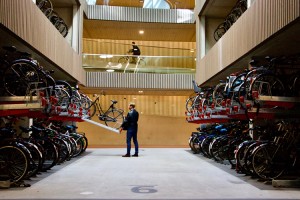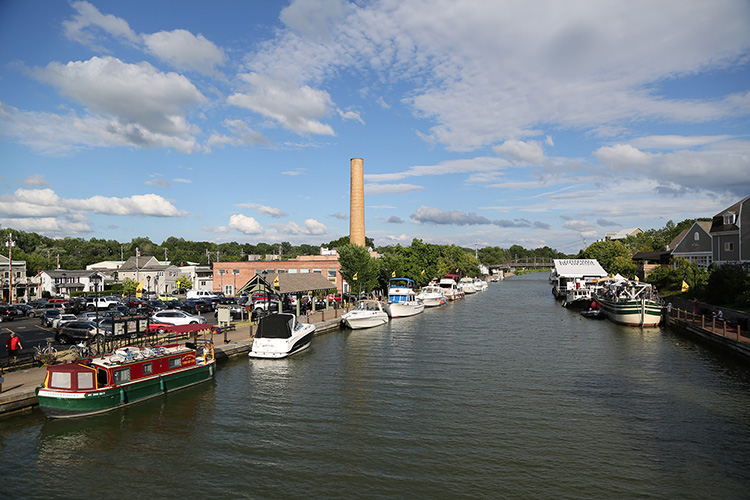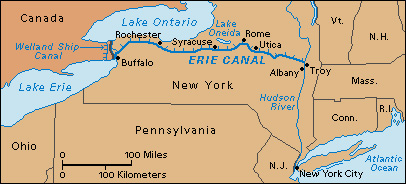Fietsenstalling (Bicycle Parking) in the Netherlands
Wednesday, October 2nd, 2019October 2, 2019
In the Netherlands, the largest bicycle parking facility in the world recently opened in the city of Utrecht. The underground Fietsenstalling Stationsplein (Bicycle Parking Station Square), in Utrecht’s city center, has space for 12,500 bikes. Double-decker racks hold thousands of bikes in a three-storied concrete and glass garage, and riders pedal directly into the building and up to their parking spaces. Part of the building opened in 2018, but the fietsenstalling did not reach its full operational capacity until August 2019.

A man parks his bicycle at the Fietsenstalling Stationsplein in Utrecht on Aug. 20, 2019. Credit: © Abdullah Asiran, Anadolu Agency/Getty Images
Bicycling, or fietsen in Dutch, is a popular activity and sport in the Netherlands, but it is also a practical mode of daily transport. In Dutch cities, about 40 percent of people use bikes for daily travel (as opposed to fewer than 2 percent of people in United States cities). To accommodate all those bike commuters, Dutch cities have an abundance of bike lanes in the streets, protected intersections, special bike paths away from car traffic, and numerous bicycle parking areas. Utrecht has long had such “bike friendly” infrastructure (the world’s first bike lane opened there in 1885), but to handle the ever-increasing bike congestion in the city center, a more ambitious solution was needed.
The city of Utrecht worked with NS, the national Dutch railway, to build the bike garage at Stationsplein (Station Square). (NS [Nederlandse Spoorwegen, or Dutch Railways] estimates that about half its customers in Utrecht arrive at stations by bicycle, so it makes sense for the railway to accommodate bike commuters.) Stationsplein connects the busy Utrecht Centraal Railway Station with the Hoog Catharijne shopping center. The bustling area is a common destination for both shoppers and commuters, and the bike garage—directly beneath the square—provides an affordable and secure place to leave your bike. The first 24 hours of parking are free, and the garage never closes. A digital system directs cyclists to available parking spots, and the walls are color coded to aid in navigation. There are also bike maintenance areas in the facility and more than 1,000 bikes available to rent.
Adding to the bicycling infrastructure in the Netherlands is an important part of the nation’s commitment to fighting air pollution and climate change. Bicycling is a healthy, inexpensive, and environmentally friendly way to commute.




